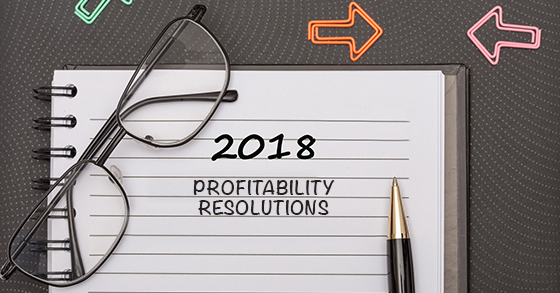In a world that’s increasingly paperless, you’re likely becoming accustomed to conducting a variety of transactions digitally. But when it comes to your last will and testament, only an original, signed document will do.
A photocopy isn’t good enough
Many people mistakenly believe that a photocopy of a signed will is sufficient. In fact, most states require that a deceased’s original will be filed with the county clerk and, if probate is necessary, presented to the probate court. If your family or executor can’t find your original will, there’s a presumption in most states that you destroyed it with the intent to revoke it. That means the court will generally administer your estate as if you’d died without a will.
It’s possible to overcome this presumption — for example, if all interested parties agree that a signed copy reflects your wishes, they may be able to convince a court to admit it. But to avoid costly, time-consuming legal headaches, it’s best to ensure that your family can locate your original will when they need it.
Storage options
There isn’t one right place to keep your will — it depends on your circumstances and your comfort level with the storage arrangements. Wherever you decide to keep your will, it’s critical that 1) it is stored safely, and 2) your family knows how to find it. Options include:
- Having your accountant, attorney or another trusted advisor hold your will and making sure your family knows how to contact him or her, or
- Storing your will at your home or office in a fireproof lockbox or safe and ensuring that someone you trust knows where it is and how to retrieve it.
Storing your original will and other estate planning documents safely — and communicating their location to your loved ones — will help ensure that your wishes are carried out. Contact us if you have questions about other ways to ensure that your estate plan achieves your goals.







